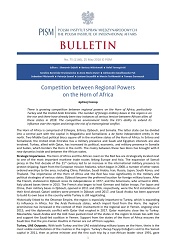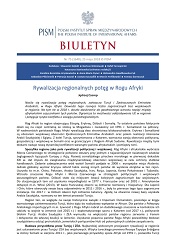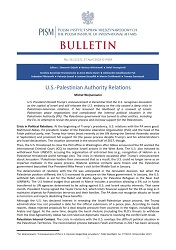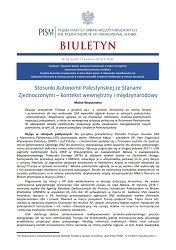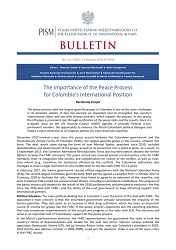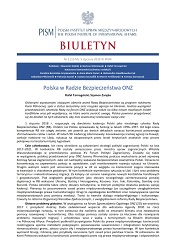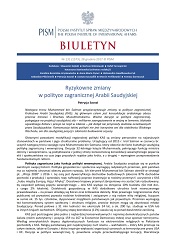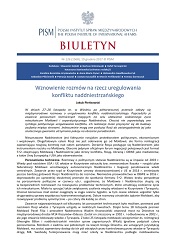
The Czech Republic, Romania and Hungary on the Relocation of the U.S. Embassy in Israel to Jerusalem
The Czech Republic, Hungary and Romania blocked a joint EU statement criticising the relocation of the U.S. embassy in Israel to Jerusalem. EU unity against the violation of international law was subordinated by these states to domestic competition for influence and to gain U.S. support. This decision not only weakened the effectiveness of EU cohesion and diplomatic efforts but also caused a deterioration in relations between these countries and part of the Arab world.
More...
